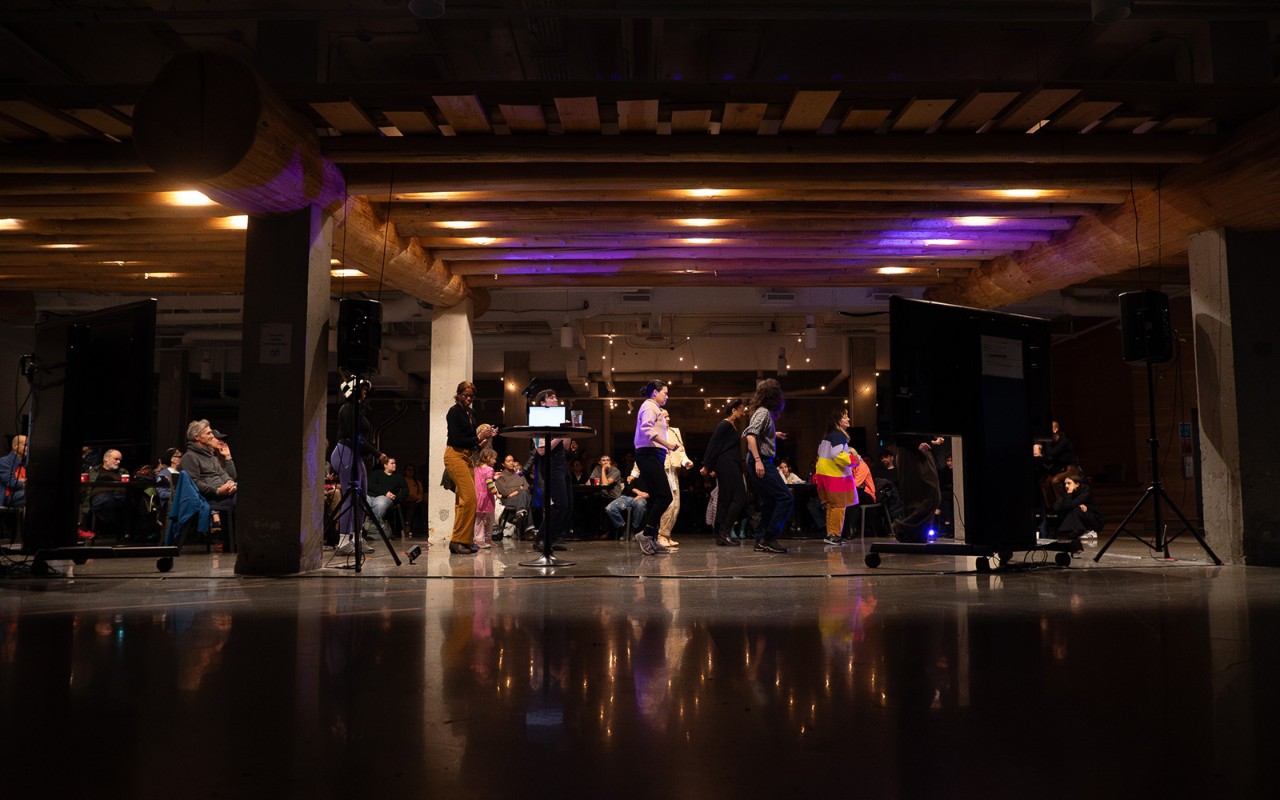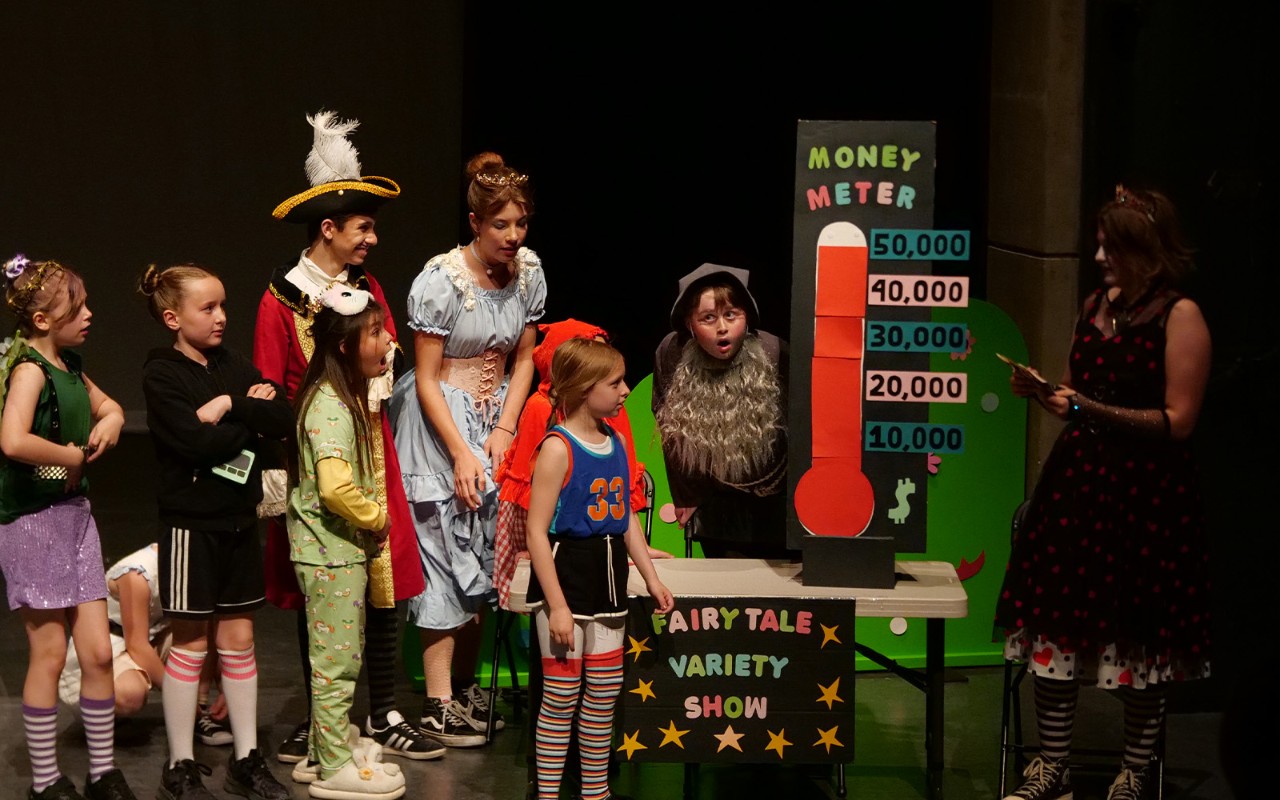Article
Q&A with Willie Thrasher
The singer Willie Thrasher, the youngest of 21 children, is of Inuvialuk heritage, where he spent his early years hunting caribou and kayaking for whales.
On his first day at residential school he had his hair cut so roughly that his ears bled. Pupils who spoke their native language or practised non-Christian faiths were beaten. “The Willie Thrasher that I knew then was taken away,” he says quietly. “My whole life changed completely.”
He took refuge behind the drumkit in the school gym and later formed a band called the Cordells: “We were the best rock’n’roll band in the Northwest Territories.” But it took a post-gig encounter with a scholarly old white man who never gave his name to persuade him to explore his buried heritage, leading to songs such as Old Man Carver and Inuit Chant.
“He opened my heart,” says Thrasher. “I started finding out who I really was inside, who my dad was, who my mom was, how precious we were at one time. The missionaries had wiped this right out of my mind. They had tried to eliminate everything and that old man brought it back.”
Adapted from The Guardian
When and where did you did you start doing gigs?
I started playing with the Cordells band in 1965-66 in Aklavik, NWT. Since then I’ve played all over Canada.
What kind of music were you listening to during that time?
Folk-rock music mostly, some of my favourites were Moody Blues, The Beatles, and Neil Young, but I still like Willie Thrasher the best!
There’s a lot of politics embedded in your music – what were the political influences at the time that you were influenced by?
I don’t see my music as political. My music is about bringing people together in harmony, peace, and friendship, and sharing my Inuvialuit culture.
Who were your musical peers when you were playing in the 70’s and 80’s?
I mostly played on my own, but along the way I met other performers like Willie Dunn, Willy Mitchell, and Shingoose.
You spent some time living in Vancouver in the Downtown Eastside – what are the good things you remember about the neighborhood?
It was ordinary day-to-day life when I lived there. I had a good home through the Native Friendship Centre and was safe. I’ve seen the skid row, the good people and the different walks of life. I did my own thing though, playing at UBC, the Friendship Centre, and the sea wall. The Downtown Eastside was a home base where I could play gigs across B.C. and Alberta.
Since this last record came out (the compilation), what do you have planned for future projects?
There’s more concerts and more recording ahead. There’s so much to sing about! Linda and I look forward to seeing you at SFU!
Join us on Thursday, May 14th, for “An evening with Willie Thrasher and Linda Saddleback“!
An evening with Willie Thrasher and Linda Saddleback will feature a live music performance and archival visuals. There will also be a vinyl DJ set of Indigenous music from Native North America (Vol. 1): Aboriginal Folk, Rock, and Country 1966-1985, producer Kevin “Sipreano” Howes. Please join us for a celebration of people, music, film, and culture. You can find the event information here.
BIO
Willie Thrasher is an Inuk singer-songwriter from Aklavik, Inuvik. At five, Thrasher was taken from his family and sent to a residential school where he was forbidden to practice his Inuvialuit culture. In the mid-1960s, he drummed for the Cordells, one of the first Inuit rock bands. One evening, a stranger recommended that the group tap into their Aboriginal roots instead of the charts for inspiration. This prompted Thrasher to write songs about his life, people, and the environment (as heard on 1981’s Spirit Child LP, CBC). Thrasher currently performs with his partner Linda Saddleback and is featured on Light in the Attic Records’ internationally acclaimed Native North America (Vol. 1): Aboriginal Folk, Rock, and Country 1966-1985. Willie and Linda are trailblazing troubadours with an Indigenous heartbeat sound. Find out more in the Guardian feature on Willie Thrasher.
Latest/Related Updates
-
December 18, 2024

December 18, 2024
Between October 30th to November 10th this year, the 21st annual Heart of the City festival animated the Downtown Eastside with over a hundred community-oriented events under the theme Threads of Connection.
-
September 25, 2024

September 25, 2024
The release of States of Injury — with Wendy Brown marks Below the Radar’s 250th episode—a major milestone since the podcast’s inception in 2018.
-
July 10, 2024

July 10, 2024
On June 22, the cast and crew of Project Limelight’s production of East Side Story were greeted with applause as a full house welcomed the young performers back to the Fei and Milton Wong Experimental Theatre stage.
-
January 10, 2024

January 10, 2024
Our Below the Radar podcast mini-series See How We Run! looked at local arts collectives and organizations, highlighting conversations about creation, spacemaking, accessibility, and self-determination within the framework of Vancouver’s cityscape.
-
August 15, 2023

August 15, 2023
With details of our 5-year anniversary celebration event to come, let’s take a sneak peek of the upcoming season.



